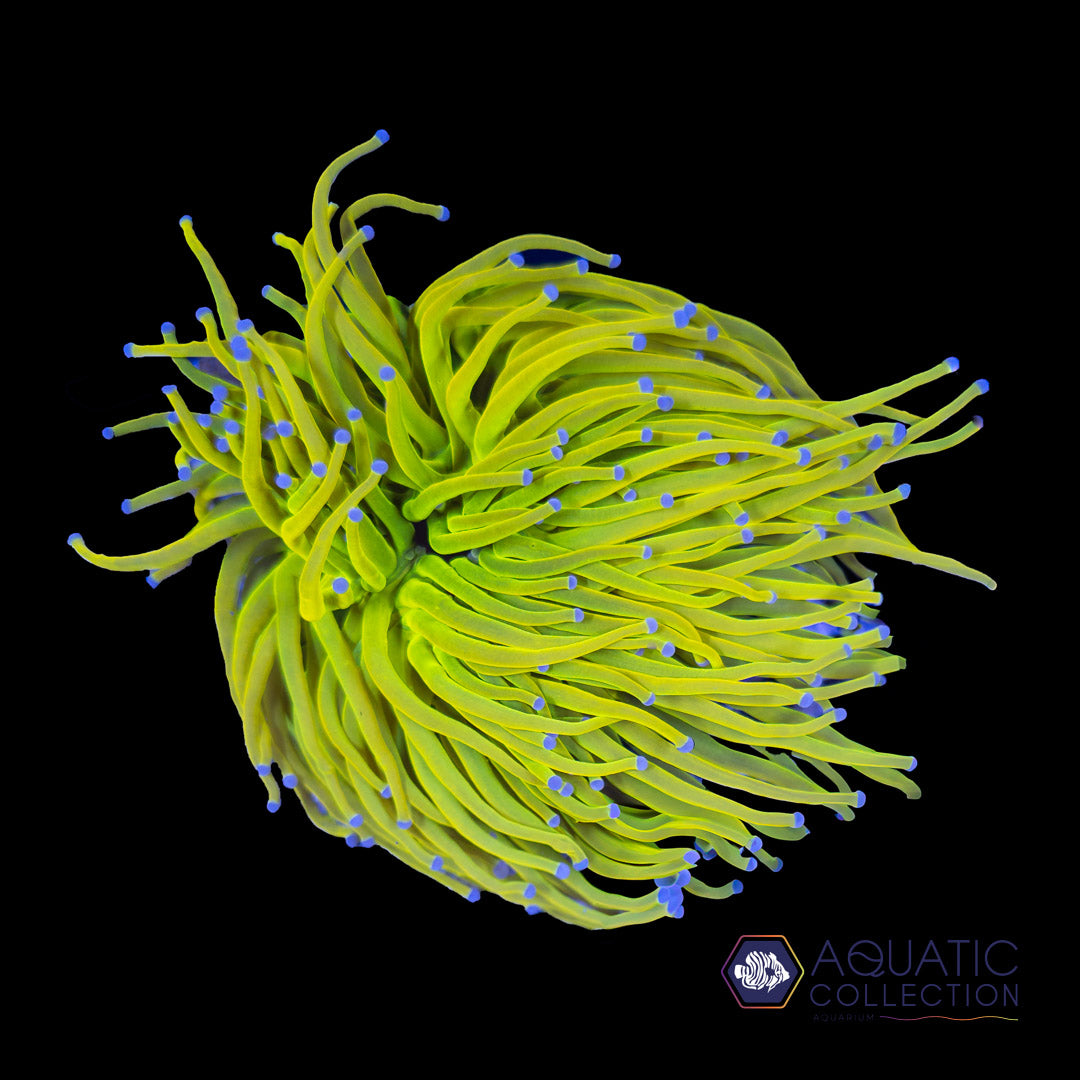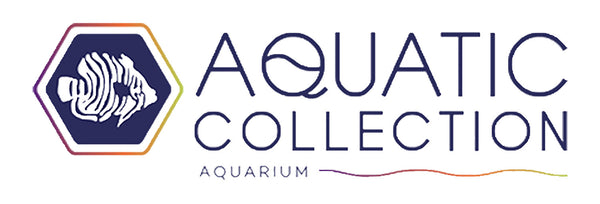Aquatic Collection Aquarium
Holy Grail Torch
Holy Grail Torch
Couldn't load pickup availability
Species: Euphyllia Glabrescens
Approximate Size: 2" - 3" per head
*Please keep in mind that due to variances in species, your item may not appear exactly like the one pictured. Individual specimens' approximate size ranges may also differ. If you want to buy an "as pictured" piece, please visit our WYSIWYG section.
Torch coral (Euphyllia glabrescens) is a captivating marine coral, popular in reef aquariums for its striking appearance and dynamic movement. Here’s a detailed description:
Physical Characteristics
- Tentacles: The most distinctive feature of torch coral is its long, flowing tentacles, which can reach lengths of 3 to 6 inches (7.5 to 15 cm). These tentacles have a wavy appearance and can sway gently in the water.
- Coloration: Torch corals come in a variety of colors, including vibrant greens, yellows, and purples. The coloration can vary depending on lighting conditions and the specific strain of the coral. Under actinic lighting, the colors can appear even more vivid.
- Skeleton: The base of the torch coral is composed of a hard calcium carbonate skeleton, which provides structure and support. The skeletal structure is often branching, creating an interesting visual appeal in aquariums.
Habitat and Distribution
- Natural Environment: Torch coral is typically found in shallow reef environments throughout the Indo-Pacific region. It thrives on reefs where it can receive plenty of light and moderate water flow.
- Light Requirements: It prefers strong lighting, such as LED or metal halide systems, to promote healthy growth and vibrant coloration.
Care Requirements
- Water Flow: Moderate to strong water flow is ideal, as it helps keep the tentacles extended and free of debris. However, excessive flow can cause stress and damage.
-
Water Parameters: Torch coral requires stable water conditions:
- Temperature: 76-78°F
- pH: 7.8-8.4
- Salinity: 1.025-1.026 specific gravity
- Nitrate and Phosphate: Low levels (not 0) are preferred for optimal health.
Feeding
Torch coral is a mixotrophic coral, meaning it can obtain energy through both photosynthesis and feeding. While it has symbiotic zooxanthellae that provide nutrients from light, supplemental feeding can enhance growth:
- Feeding Options: Fine particulate foods, such as coral pellets, microplankton, or liquid coral foods, can be offered several times a week.
Behavior and Aggression
- Aggressiveness: Torch coral can be somewhat aggressive towards neighboring corals due to its sweeper tentacles, which can sting nearby corals. It’s important to provide adequate spacing from other corals to minimize aggression and ensure healthy growth.
These corals are for saltwater aquariums only.
This is the exact specimen you will receive, however, due to differences in tank lighting and screen settings, this item may look slightly different in your aquarium.
For measurement reference use the picture with the black grid and the ruler.
For acclimation details see here.
Share


